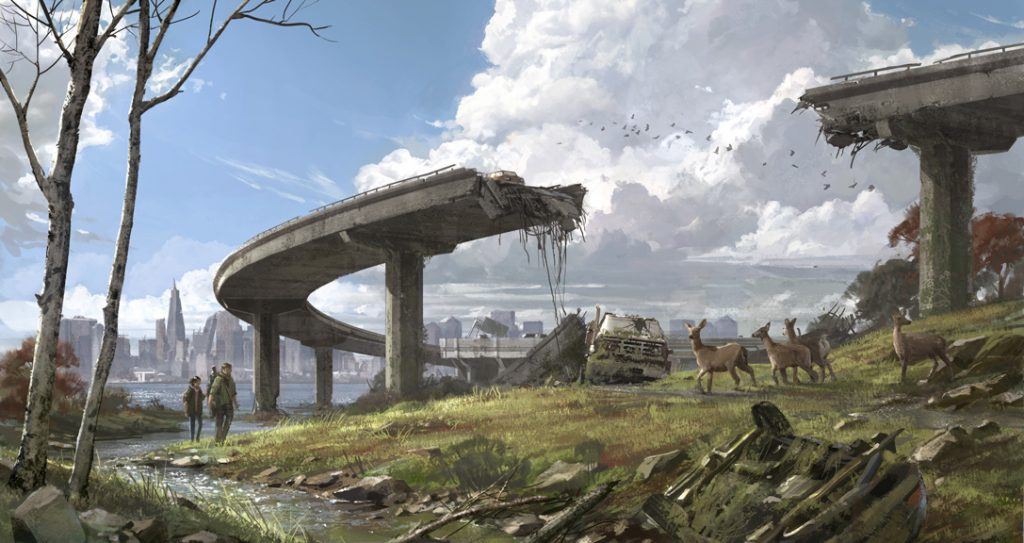Tim Cross in More Intelligent Life:

For those who believe in the distinction between high art and low, video games have long been near the bottom of the pile. Fortunately, that has not stopped some of the world’s great art museums from putting on exhibitions. The Museum of Modern Art, in New York, began acquiring games in 2012 and a year later invited visitors to play some of them in a show called “Applied Design”. The most recent video-games exhibition, “Videogames Design/Play/Disrupt”, takes place at an even grander instituion – the Victoria and Albert Museum in London. The arriviste status of video games means that exhibitions about them – and especially those that take place in marbled bastions of established culture – risk coming across as cringing and defensive. The V&A, to its credit, mostly manages to avoid that trap. Instead it unapologetically addresses video games on their own terms, as a medium that, more than any other, combines art and storytelling with engineering and technology. The show kicks off with a quote from Frank Lantz, an academic and developer, that neatly summarises the blend of skills required. “Making games combines everything that’s hard about building a bridge with everything that’s hard about composing an opera. Games are operas made out of bridges.”
Parts of the process look like storyboarding for a film. The concept art and character sketches for the protagonists of “The Last of Us”, a post-apocalyptic survival game, show the attention to detail present in the designers’ creation of Ellie, the teenage girl that is the focus of the story. Other parts have no real parallel with other forms of art. Books and films, for instance, railroad readers and viewers along the plotlines invented by their authors. Games are different. Even those that focus on narrative rather than gameplay must give players enough choice and freedom to maintain the illusion that they are influencing a coherent, believable world – but not so much that anarchy reigns and storytelling becomes impossible. “Journey”, which puts players in the shoes of a pilgrim travelling towards a mysterious mountain, nudges its players towards interesting encounters with subtle tricks of light and shadow.
More here.
